Quiz: Am I Heteroflexible?
○ DISCLAIMER
The quizzes and content on this website are designed for entertainment purposes only and should not be used as a basis for making personal decisions about your sexuality, gender identity, or any other life choices. These quizzes are not diagnostic tools and cannot determine your identity or orientation. If you're questioning your identity or need support, we strongly encourage you to seek guidance from qualified LGBTQ+ friendly professionals or counselors. Remember that your journey of self-discovery is unique and personal to you.
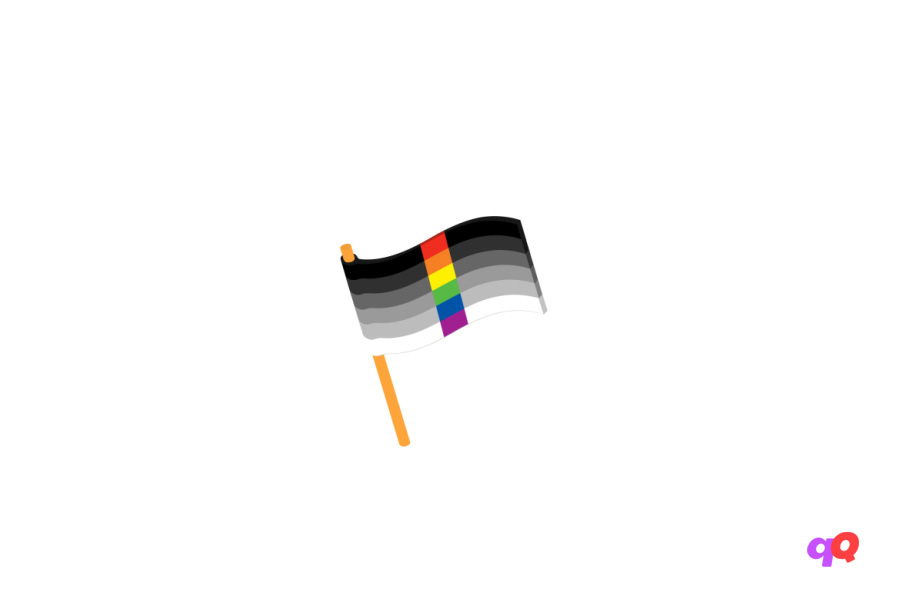
Imagine that sexuality isn’t a black-and-white photograph, but an entire spectrum of shades where each color flows smoothly into another. What if your attraction doesn’t fit into rigid frameworks of “opposite sex only” or “both sexes equally”? Our quiz will help you explore the territory of heteroflexibility – a space where you write the rules yourself, not societal stereotypes.
What is Heteroflexibility?
Heteroflexibility is a form of sexual orientation where a person predominantly experiences attraction to the opposite sex, but sometimes may feel interest, curiosity, or even attraction to members of their own sex. This isn’t “not-quite-bisexual” or an “experimental phase” – it’s a complete, valid orientation that reflects the natural fluidity of human sexuality.
The term emerged in the early 2000s as a response to people’s need to more accurately describe their experience. Alfred Kinsey’s research back in the 1940s showed that sexuality exists on a continuum rather than in a binary system. His famous scale from 0 to 6 demonstrates that most people fall somewhere between the extreme points of absolute heterosexuality or homosexuality.
Heteroflexible people typically fall in the 1-2 range on the Kinsey scale. They may never enter romantic relationships with members of their own sex, but acknowledge the possibility of attraction under certain circumstances. This might manifest as aesthetic admiration, emotional closeness with elements of attraction, or rare but significant exceptions to the general rule.
Key Aspects of Heteroflexibility
Psychological aspect: Heteroflexibility is often linked to openness to new experiences and low levels of internalized homophobia. Research shows that people who identify as heteroflexible usually possess high levels of emotional intelligence and capacity for self-reflection. They aren’t afraid to acknowledge the complexity of their feelings and don’t strive to squeeze themselves into narrow categories.
Social aspect: In modern society, heteroflexibility is becoming increasingly visible thanks to changing cultural norms. Celebrities openly discuss their fluidity, and younger generations increasingly reject rigid labels. However, heteroflexible people may face misunderstanding both from the strictly heterosexual majority (“you’re just afraid to admit you’re bi”) and from the LGBTQ+ community (“you’re not queer enough”).
Cultural aspect: Different cultures relate differently to sexual fluidity. In some societies, same-sex connections in certain contexts (for example, during adolescence or in conditions of gender segregation) are considered normal and don’t affect a person’s heterosexual identity. Western culture is only beginning to accept the idea that sexuality can be flexible.
Goals of Our Quiz
Our quiz is not a diagnostic tool and not an attempt to label you. It’s an invitation to self-exploration, an opportunity to look at your experience from a new angle. We strive to:
- Provide a safe space for reflection. Many people suppress or ignore aspects of their sexuality due to fear of judgment. The quiz allows you to honestly look at your feelings without external pressure.
- Normalize diversity of experience. Show that deviation from “100% heterosexuality” is normal and occurs much more frequently than commonly thought.
- Give language for self-expression. Sometimes simply knowing a term helps you better understand yourself and explain your experience to others.
- Dispel myths and stereotypes. Heteroflexibility isn’t a phase, not the result of trauma, and not a sign of uncertainty. It’s a valid orientation.
Main Signs We Used When Creating the Quiz
In developing the quiz, we relied on contemporary research on sexual fluidity and the experience of thousands of people exploring their orientation. Each question is thoughtfully designed to help you notice nuances of your own attraction that are easy to miss in daily life. We identified five key areas that are most indicative for determining heteroflexibility.
Patterns of Attraction
We analyze how often and in what contexts attraction to members of your own sex arises. This might be a rare but persistent phenomenon, or situational attraction to specific people who fall outside your usual “type.” It’s important to note that heteroflexibility is characterized precisely by the sporadic nature of such attraction – it arises unexpectedly, often to the person’s own surprise. We also consider whether the intensity of this attraction changes depending on life circumstances, emotional state, or level of closeness with the person.
Emotional Openness
Willingness to acknowledge and explore feelings atypical for yourself is an important indicator. Heteroflexible people often note that their attraction to their own sex qualitatively differs from attraction to the opposite sex – it may be more aesthetic, emotional, or contextual. We explore how comfortable you are thinking about potential attraction to your own sex, whether this thought causes anxiety or curiosity. Also important is the ability to distinguish deep friendly attachment from romantic or sexual interest – the line between them can be thinner than it seems.
Fantasies and Imagination
The content of sexual fantasies can tell a lot about the spectrum of attraction. It’s important to understand: fantasies don’t always reflect a desire to realize them in reality, but they indicate potential flexibility of orientation. In the quiz, we delicately explore whether scenarios involving people of your sex appear in your imagination, even if they’re rather abstract in nature. Special attention is paid to spontaneous fantasies – those that arise by themselves, without conscious direction of thoughts, as they most honestly reflect subconscious desires.
Reaction to Representation
How do you react to images of same-sex intimacy in media? Does this evoke curiosity, positive emotions, or a desire to put yourself in that situation? This can be an indicator of heteroflexibility. We analyze the full spectrum of reactions – from aesthetic pleasure when viewing beautiful same-sex couples to more personal resonance with such stories. Context is also important: do you react the same way to different types of representation (romantic scenes vs overtly sexual ones), and does your reaction change depending on your emotional state or life period?
History of Relationships and Attractions
Have there been moments in your life of attraction to people of your own sex, even if you didn’t act on them? How did you interpret them then and now? We help you remember and reconsider past experiences – perhaps what seemed like simple admiration or desire for friendship contained elements of romantic interest. Adolescent experiences are particularly revealing, when sexuality is just forming and a person is more open to different forms of attraction.
Heteroflexibility and Bisexuality: Defining the Differences
While heteroflexibility and bisexuality may seem similar, there are substantial differences between them that are important to understand for accurate self-identification.
- Intensity and frequency of attraction: Bisexual people usually experience substantial attraction to both sexes, though it may be uneven (for example, 70/30 or 60/40). Heteroflexible people experience overwhelming attraction to the opposite sex with rare exceptions – more like 95/5 or 90/10.
- Romantic vs sexual orientation: Many heteroflexible people may experience sexual curiosity about their own sex, but their romantic orientation remains exclusively heterosexual. They don’t see themselves in romantic relationships with a person of their own sex. Bisexuals are more often open to romantic relationships with both sexes.
- Self-identification and life experience: Heteroflexibility is often chosen by those who feel their experience isn’t “queer” enough for identification as bisexual. This may be related to lack of same-sex relationship experience or the feeling that their attraction to their own sex is too situational or insignificant.
- Political and social context: Some critics argue that the term “heteroflexibility” allows people to acknowledge their same-sex attraction without giving up heterosexual privilege. Others see it as an important bridge between rigid categories, helping people gradually explore their sexuality.
Ultimately, the choice between these identities is a deeply personal decision. There’s no “correct” amount of same-sex attraction that automatically makes you bi, and there’s no “not queer enough” for those who sincerely explore their sexuality.
Conclusion
Our quiz is the beginning of a dialogue with yourself. Regardless of the result, remember: your sexuality belongs only to you. It can evolve, change, or remain stable – and all these options are equally valid. The main thing is honesty with yourself and readiness to accept yourself in all the complexity and beauty of human experience.
○ Related Quizzes
Questions Overview
- The opposite gender character exclusively.
- Mostly the opposite gender, but sometimes I find myself drawn to the same gender.
- Whichever actor/actress has the most charisma, irrespective of gender.
- The plot! Who cares about the actors?
- Politely decline; it's just not my thing.
- Flattered, and I might entertain the thought, even if just for a moment.
- Flirt back—it's fun and who knows where it might lead?
- I'm more concerned about the snack table.
- All have been strictly of the opposite gender.
- Mostly opposite gender, but there have been one or two exceptions.
- A colorful mix of genders—variety is the spice of life!
- Crushes? I’m still trying to figure out my favorite ice cream flavor.
- That's not something I'd ever consider.
- I've thought about it once or twice.
- Been there, done that!
- As long as they're happy and safe, it's all good.
- Rarely, I mostly fit into the mold.
- Occasionally, when it feels right.
- Regularly, it's just who I am.
- Only when I wear socks with sandals.
- Strictly opposite gender.
- Mostly opposite gender, but I don't rule anything out.
- I have no type; it's about the person's vibe.
- Someone who loves pizza as much as I do.
- "I see only you."
- "I walk a fine line between love and lust."
- "Love is love, no matter the gender."
- "Can we focus on the beat instead?"
- They help define who I am.
- They can be restrictive, but sometimes useful.
- Why box in something so fluid?
- Labels are for jars, not people. But also, I like jam.
- Always someone of the opposite gender.
- Mostly opposite gender, but sometimes the same.
- Could be anyone - it's more about the scenario than the person.
- I usually daydream about food or flying.
- Never.
- Once or twice, but I brushed it off.
- Absolutely, and I've even acted on it.
- Tension? Only when they borrowed my favorite shirt.
- I am firmly set in my attractions.
- Sometimes, life surprises you.
- Love and attraction are complex, multifaceted feelings.
- The only true love is chocolate.
- Firm in identifying as heterosexual.
- Curious about experiences outside of traditional heterosexuality.
- Open to the spectrum of possibilities.
- Just hoping there are snacks after the discussion.
- Love is strictly between opposite genders for me.
- I lean towards the opposite gender, but who knows what the future holds?
- Love is boundless and knows no gender.
- Love is a warm, cheesy pizza.
- Never, I’m pretty sure of myself.
- Every once in a while, when something piques my interest.
- Often - it's an ongoing journey of discovery.
- Only when I binge-watch romance series.
- Decline. Happy with where I'm at!
- Are curious, but hesitant.
- Jump at the chance - new experiences are always enlightening!
- Ask if the genie has any food instead.
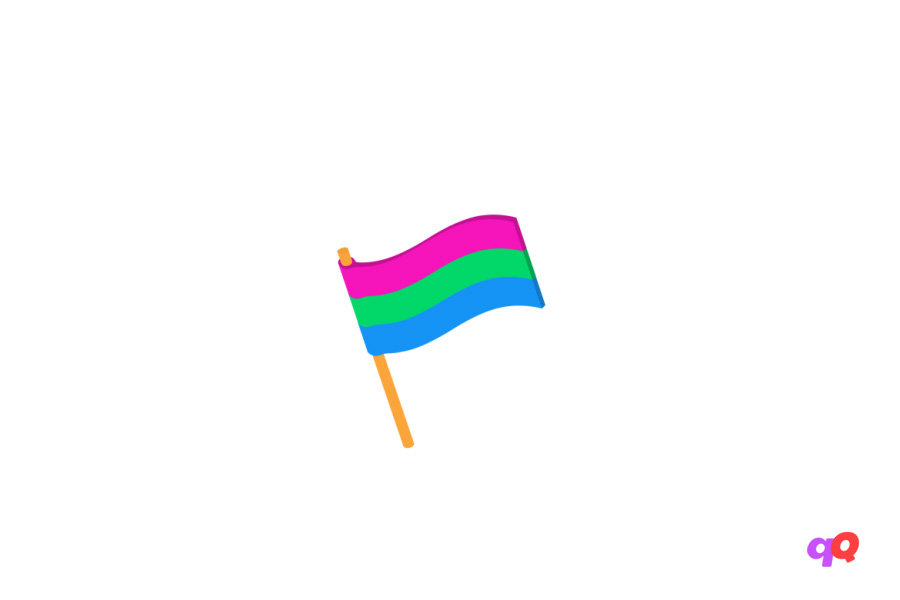

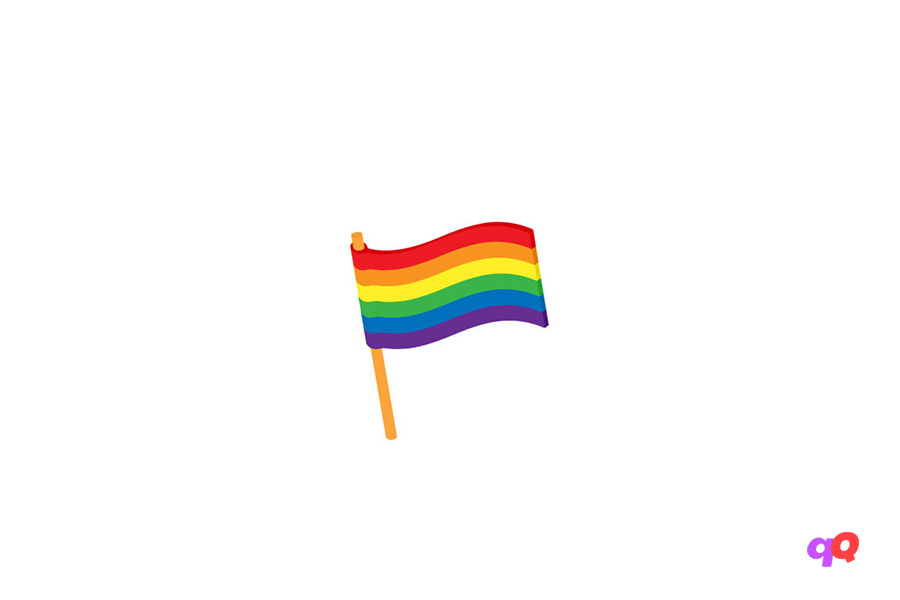
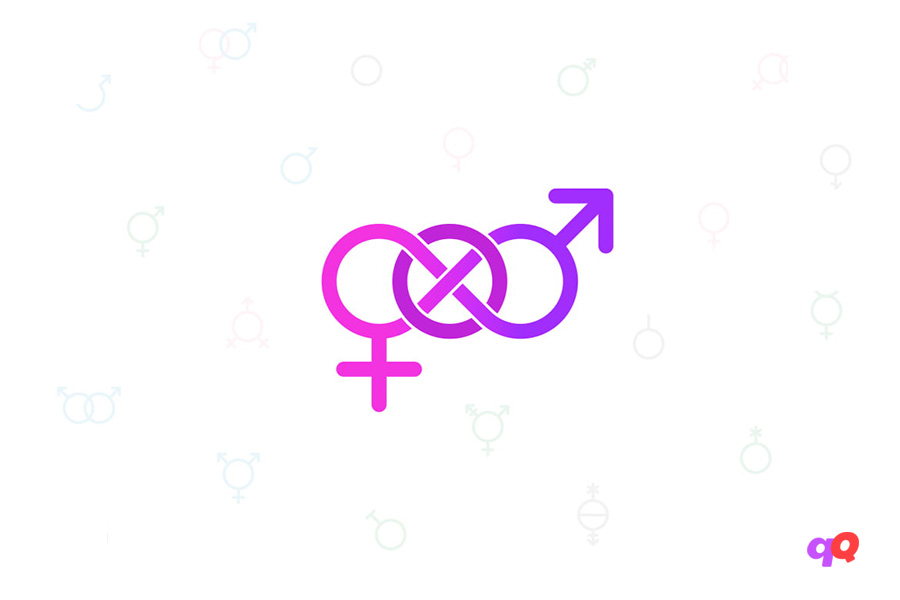

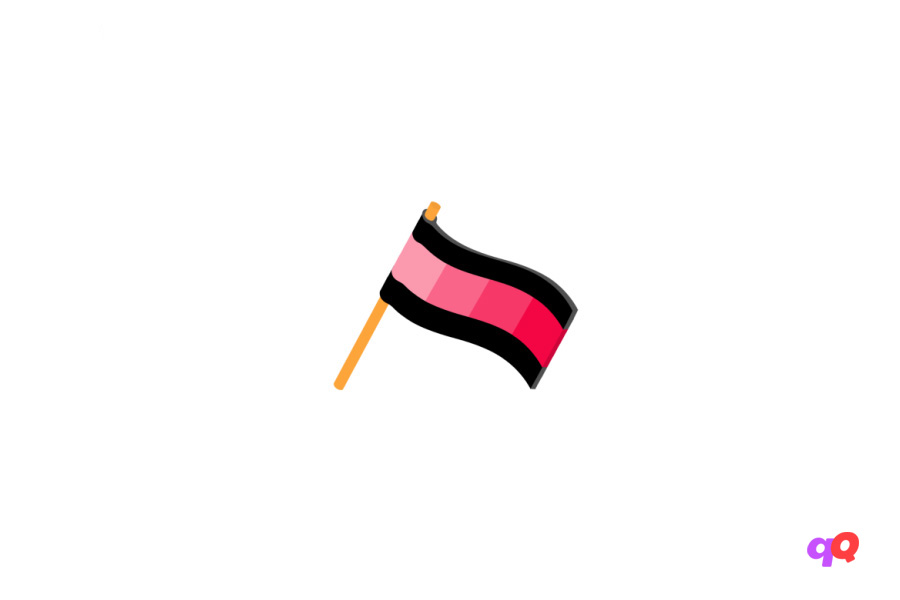
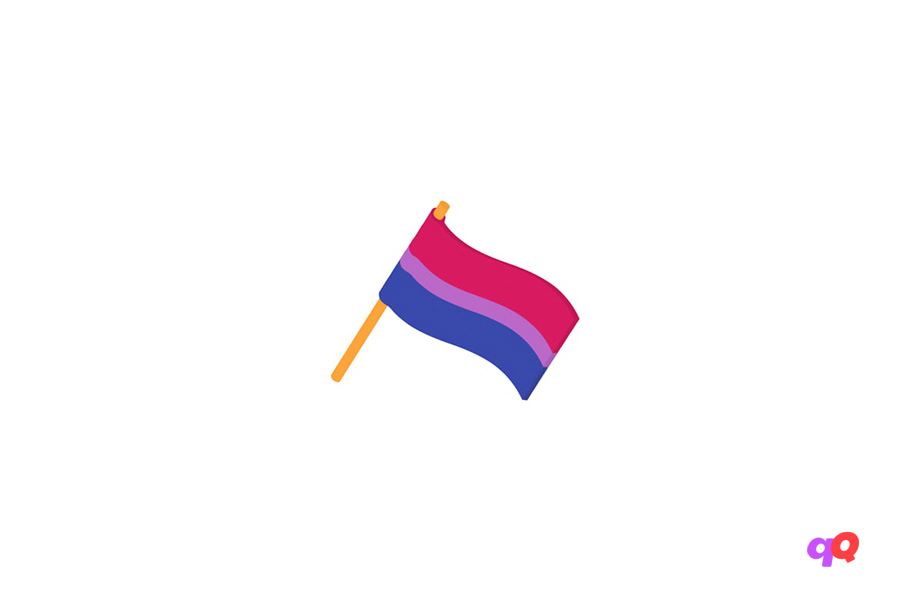

I think this was very accurate